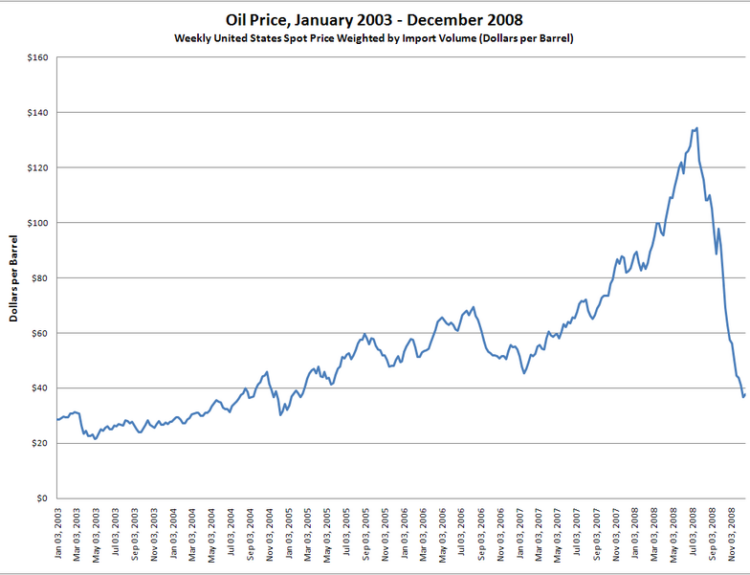Unveiling the secrets of the cosmos: How many supermassive black holes lurked in the early universe?
- A 14-year study using the Hubble Space Telescope reveals more supermassive black holes existed in the early universe than previously estimated.
- The research focused on a small area of the Hubble Ultra Deep Field, uncovering three active galactic nuclei (AGN) dating back over 12.7 billion years.
- The findings suggest that billion-solar-mass black holes were more common in the ancient universe, challenging previous assumptions about their formation.
- The study indicates that these black holes may have formed from the collapse of massive stars in the early universe.
- The research highlights the importance of understanding black hole formation for galaxy evolution.
A groundbreaking 14-year study conducted with the Hubble Space Telescope has revealed that the early universe was likely filled with supermassive black holes, far exceeding previous estimates. Led by Matthew Hayes from Stockholm University, the research focused on a tiny patch of the Hubble Ultra Deep Field, which offers a deep view into the cosmos, containing around 10,000 galaxies. The team searched for faint objects that exhibited changes in brightness, a key indicator of active galactic nuclei (AGN), which are supermassive black holes that can outshine their host galaxies. In their small search area, they identified 71 variable sources, three of which are confirmed AGN existing over 12.7 billion years ago. This discovery suggests that billion-solar-mass black holes were more prevalent in the early universe than previously thought. The findings also provide insights into the formation of these black holes, indicating they may have originated from the collapse of massive stars in the early universe. The research emphasizes the need for further exploration with the James Webb Space Telescope to deepen our understanding of these ancient cosmic phenomena. The study was published in The Astrophysical Journal Letters on August 6.·
Factuality Level: 8
Factuality Justification: The article provides a detailed account of a scientific study regarding supermassive black holes, presenting accurate information based on research conducted with the Hubble Space Telescope. It avoids sensationalism and maintains a focus on the findings without excessive digressions. However, some sections could be seen as slightly verbose, and while the conclusions drawn are based on the study’s results, the speculative nature of some hypotheses about black hole formation could introduce a minor degree of uncertainty.·
Noise Level: 9
Noise Justification: The article provides a detailed and scientifically rigorous analysis of the findings related to supermassive black holes in the early universe. It discusses the methodology of the study, the significance of the findings, and the implications for our understanding of galaxy evolution. The information is relevant, well-supported by data, and stays on topic without unnecessary filler. It also explores the consequences of these discoveries, making it a valuable read for those interested in astrophysics.·
Key People: Matthew Hayes (Lead researcher at Stockholm University), Alice Young (Member of Hayes’ team at Stockholm University)
Financial Relevance: No
Financial Markets Impacted: There are no direct events impacting financial markets or companies.
Financial Rating Justification: The article discusses astronomical findings related to supermassive black holes and their formation in the early universe, which does not pertain to financial topics or impact financial markets.·
Presence Of Extreme Event: No
Nature Of Extreme Event: No
Impact Rating Of The Extreme Event: No
Extreme Rating Justification: The article discusses a scientific study regarding supermassive black holes and does not report on any extreme event that occurred in the last 48 hours.·
Move Size: No market move size mentioned.
Sector: All
Direction: Up
Magnitude: Large
Affected Instruments: Stocks
 www.space.com
www.space.com 





